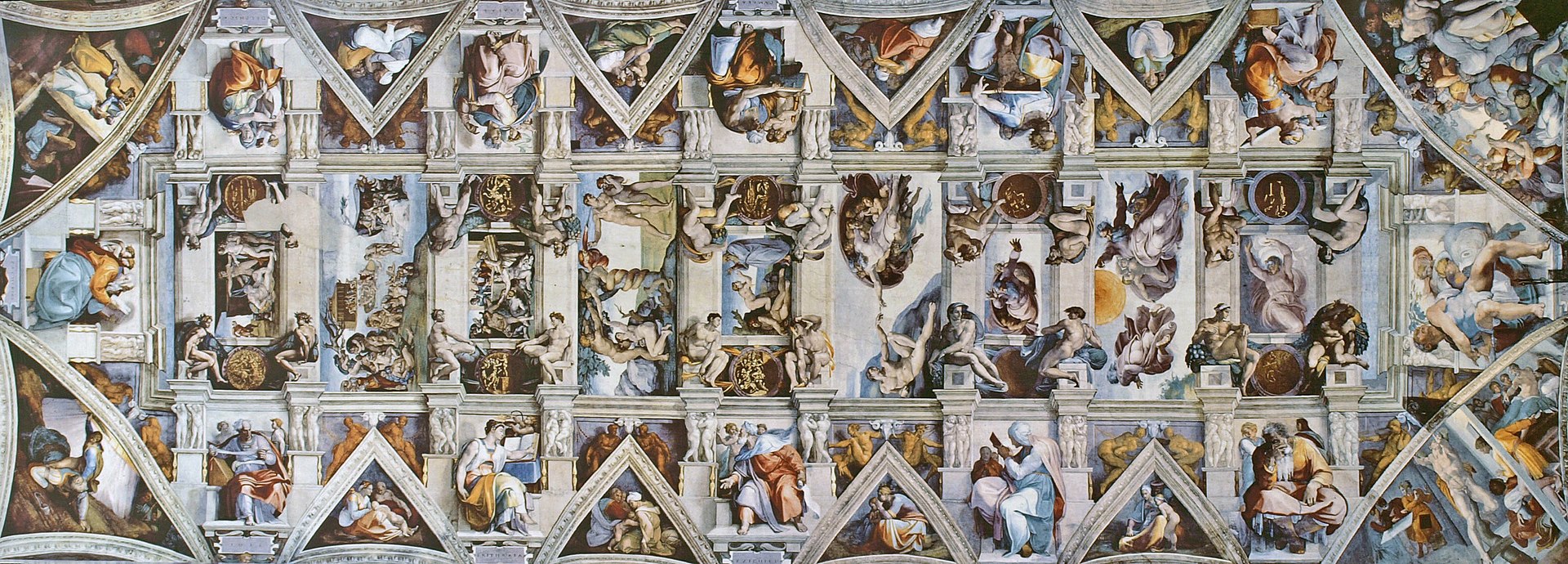Aprovechando los calores veraniegos, ahí va una nueva ración de reflexiones artísticas. Porque las obras de arte tienen ideas propias...
"A ver Adán, majo, espabila un poco, que tengo un horario muy apretado que cumplir"
"Y ahora todos conmigo: oooommhhh..."
"...no siento las piernas..."
"Me he quedao clavao. De aquí no me mueven ni con grúa"
" Muy bien, ahora todos quietos, no os movaís, nos os movaís, y decid: Luiiiisss..."
"Agggghhh! mis manos!!"
En un descanso de la batalla...
"Tu me das cremita, yo te doy cremita, aprieta bien el tubo, que sale bien fresquita"
María: "Ven pa cá chiguito y deja de enredar con el cordero"
Sentimientos encontrados ante la creación de Eva:
"No sé por qué, pero tengo la sensación de que esto no es buena idea..."
Perseo a Medusa...
"¿A que no lo has visto venir?"
"Perseo 1, Medusa 0"
La esposa poniendo sus condiciones...
"Giovanni, que no se acerque Fru-frú; como me estropee el vestido, esta noche duermes en el banco del comedor!!!"
"Daos prisa leñe, que se acerca tormenta"
"Tate quieto zagal y no me seas quejica que acabo en un pis pás"
"En Francia posamos así" Luis XIV dixit.
Judith a su criada: "A ver Hortensia, trae pacá la espada, que se te queda atascada y la lías parda"
"Ahora que se ha quedao sobao, voy a limpiarle la mesa..."
"Elefantes??, en serio??? Así no juego"
"Espartanos, jurad por vuestro honor!!"
"Aú!! Aú!!"
"Pues sí que llueve, sí"
Imágenes extraídas de Wikipedia.
.jpg/1920px-Michelangelo_-_Creation_of_Adam_(cropped).jpg)
















.jpg/1024px-Michelangelo's_Piet%C3%A0%2C_St_Peter's_Basilica_(1498%E2%80%9399).jpg)






.jpg/1024px-The_Creation_of_the_Sun_and_the_Moon%2C_Michelangelo_(1508-1512).jpg)




